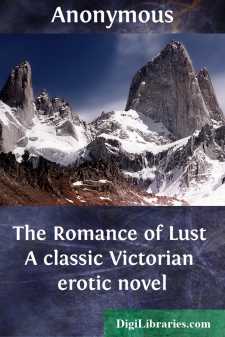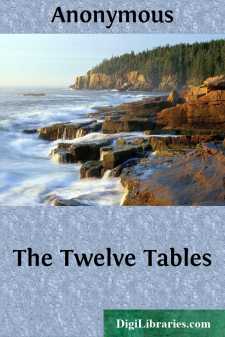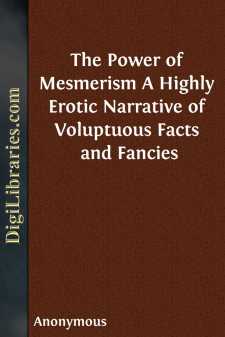Categories
- Antiques & Collectibles 13
- Architecture 36
- Art 48
- Bibles 22
- Biography & Autobiography 813
- Body, Mind & Spirit 142
- Business & Economics 28
- Children's Books 14
- Children's Fiction 11
- Computers 4
- Cooking 94
- Crafts & Hobbies 4
- Drama 346
- Education 46
- Family & Relationships 57
- Fiction 11829
- Games 19
- Gardening 17
- Health & Fitness 34
- History 1377
- House & Home 1
- Humor 147
- Juvenile Fiction 1873
- Juvenile Nonfiction 202
- Language Arts & Disciplines 88
- Law 16
- Literary Collections 686
- Literary Criticism 179
- Mathematics 13
- Medical 41
- Music 40
- Nature 179
- Non-Classifiable 1768
- Performing Arts 7
- Periodicals 1453
- Philosophy 64
- Photography 2
- Poetry 896
- Political Science 203
- Psychology 42
- Reference 154
- Religion 513
- Science 126
- Self-Help 84
- Social Science 81
- Sports & Recreation 34
- Study Aids 3
- Technology & Engineering 59
- Transportation 23
- Travel 463
- True Crime 29
The Bath Tatting Book
by: Anonymous
Publisher:
DigiLibraries.com
ISBN:
N/A
Language:
English
Published:
1 year ago
Downloads:
8
Categories:
*You are licensed to use downloaded books strictly for personal use. Duplication of the material is prohibited unless you have received explicit permission from the author or publisher. You may not plagiarize, redistribute, translate, host on other websites, or sell the downloaded content.
Description:
Excerpt
TERMS AND DIRECTIONS.
A Loop, written L;2 Loops, written 2 L, and so on.Single stitches—Are formed in two ways: First, by letting the thread of the shuttle with which you are working fall over the back of the hand and pushing the shuttle from you. Secondly, by letting the thread of the shuttle with which you are working fall over the palm of the hand, and putting the shuttle throughtowardsyou. These two stitches worked together alternately make aDouble stitch. But if the second be worked first and the first second, alternately, it makes aReversed Double. This is used for the purpose of making all the work have a right and wrong side.
2 Threads—When 2 threads are used, twist the one with which the stitches are to be made round the little finger, and proceed as above.
Double stitch, written D;2 Double stitches, written 2 D, &c.
Reversed Double stitch, written R D;2 Reversed Double stitches, written 2 R D, &c.
Loops—Are made by putting the thread with which double stitches are made over a pin, and there must beoneor moreDouble stitchesbetween each loop. By holding the pin point towards the right hand, between the forefinger and thumb of the left, the thread can be lifted over by the 2nd finger of the right hand, and many loops made without removingit. With reversed double stitches, the thread is lifted over by the shuttle as the 2nd stitch is being made. Loops can also be made by putting the shuttle thread over the pin.
Ovals—Form the cotton of the shuttle you are directed to work with into a loop round the hand, and begin working the stitches. If composed of double stitches only (with perhaps one loop in the centre), it is called aplain oval. If of several loops, alooped oval.
A Join—Is always made by drawing the thread with which the stitches are worked through the specified loop or space, and passing the shuttle through the loop formed by the thread thus drawn through, making it equal in length to an ordinary loop. To make a join, 2 threads or an oval are necessary.
To Tie—This is done by drawing the thread on the shuttle with which you are working through the specified loop or space (or round some thread), and putting the same shuttle through the loop so formed, always drawing itquitetight. It may sometimes be necessary to do this with the other thread; but it is done in the same way, withonethreadonly, and always drawn quite tight.
To Attach—Proceed as in tying—only pass the shuttle round thesecond threadbefore putting it through the loop, and drawing tight. This ties in thesecond thread, which cannot be so securely done by ordinary joining.
Raised Cornflower for the First Doyley. Ardern's crochet cotton No. 8 and Pin No. 2.
1st Row. Begin an oval, work 2 D (L, 2 D 8 times) draw up, but not quite close. Begin another oval, at a short distance from the last, 2 D join to the last L of 1st oval, 2 D (L, 2 D 7 times) draw up, and work 3 more similar ovals.
2nd Row. Turn the work down. Tie to the foundation of the last oval....












